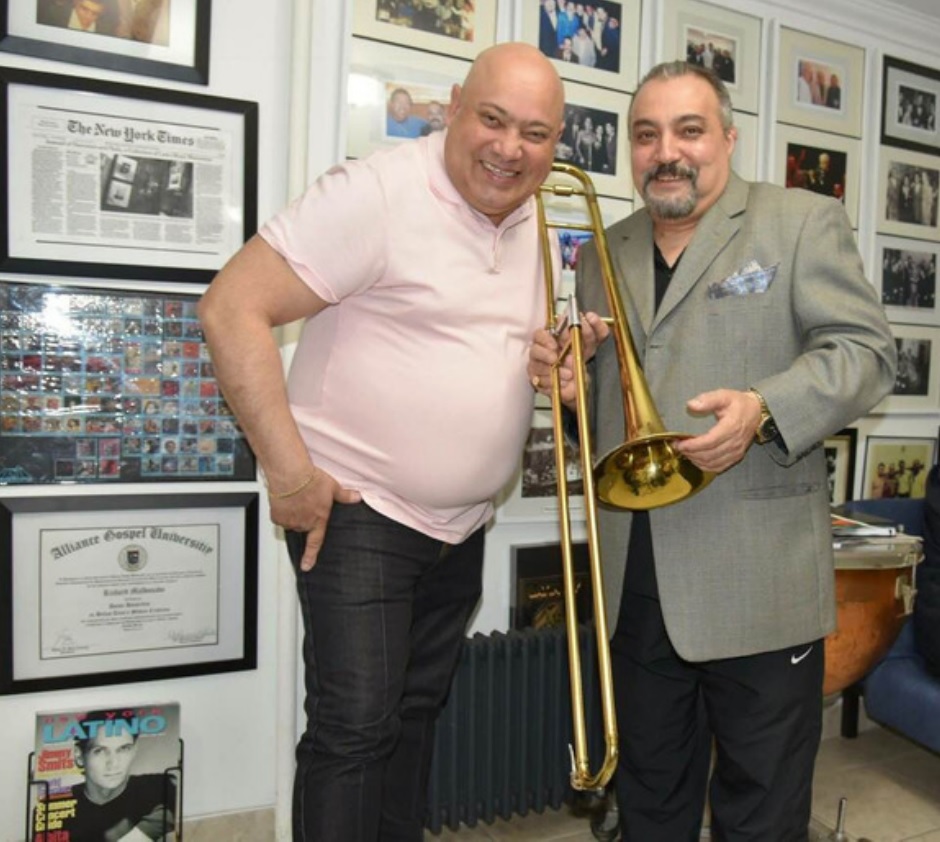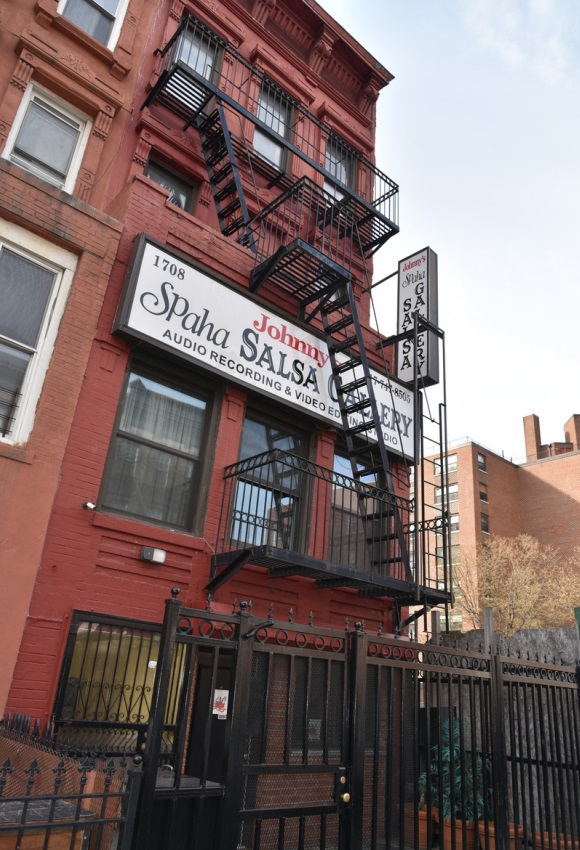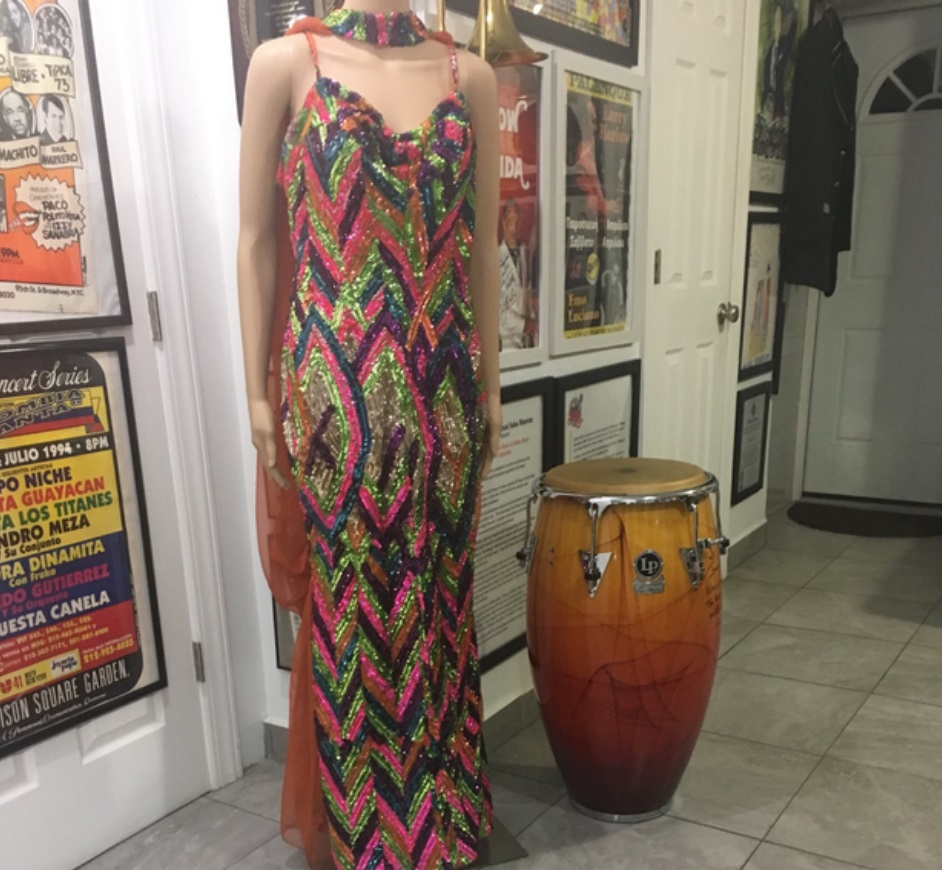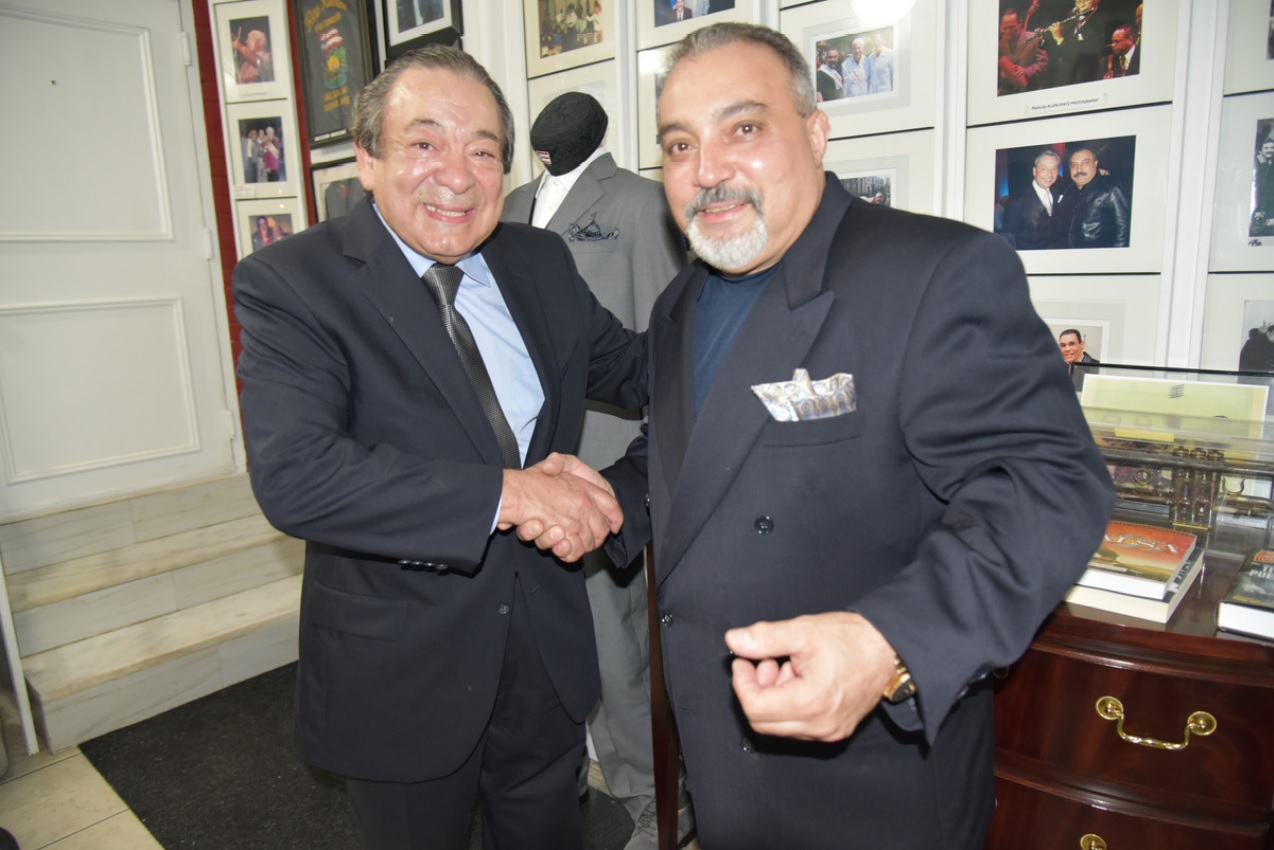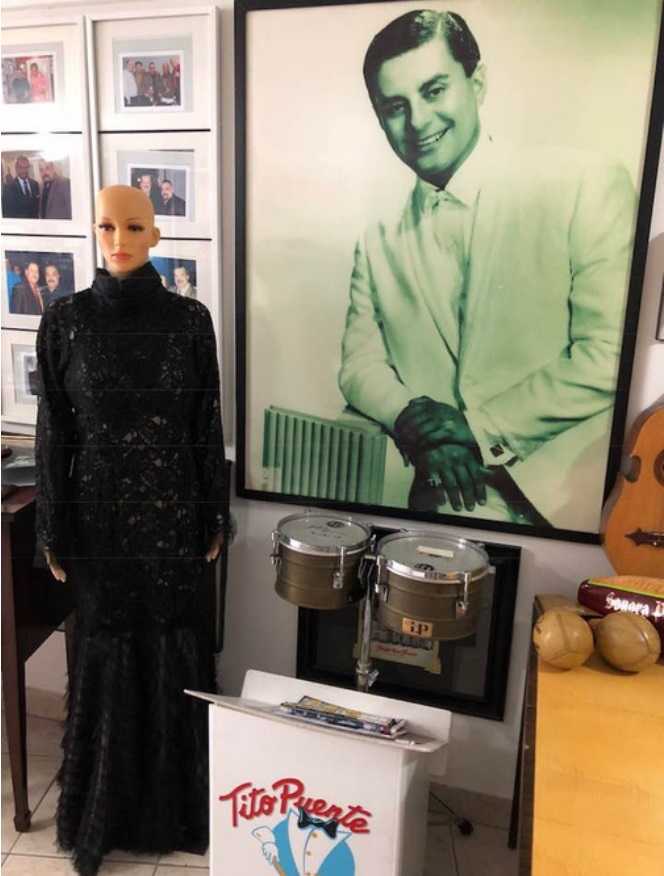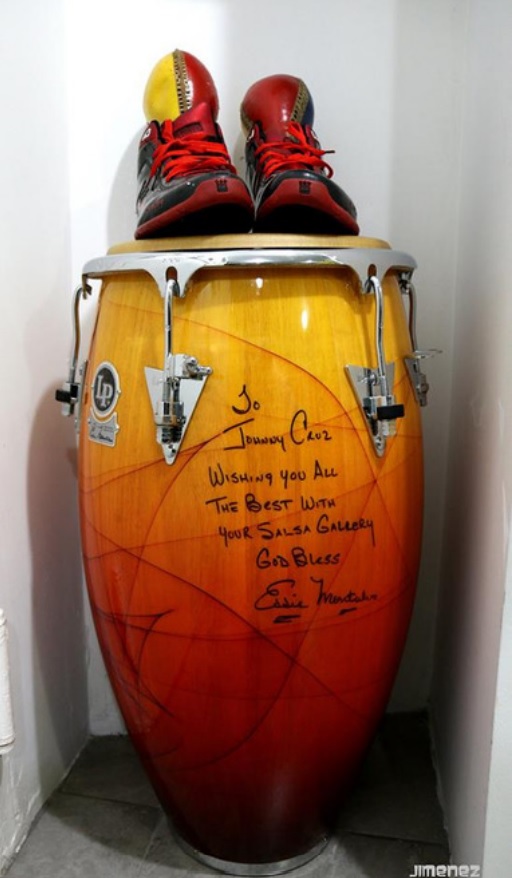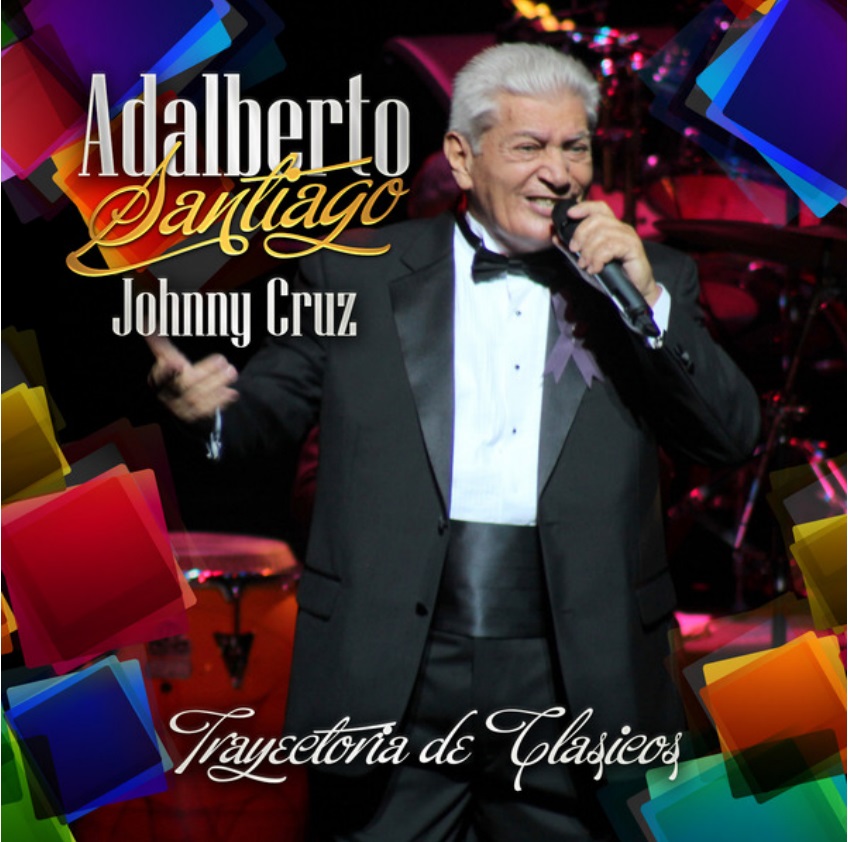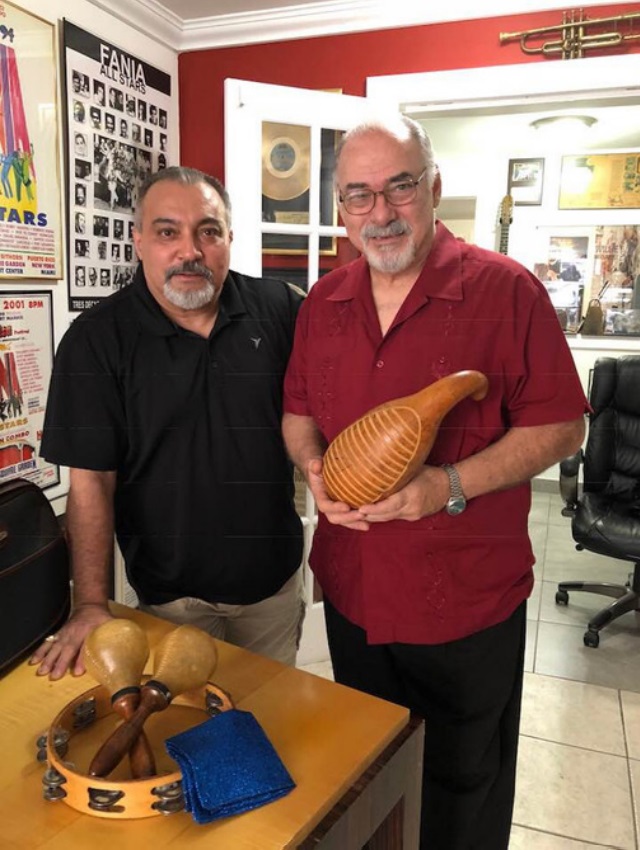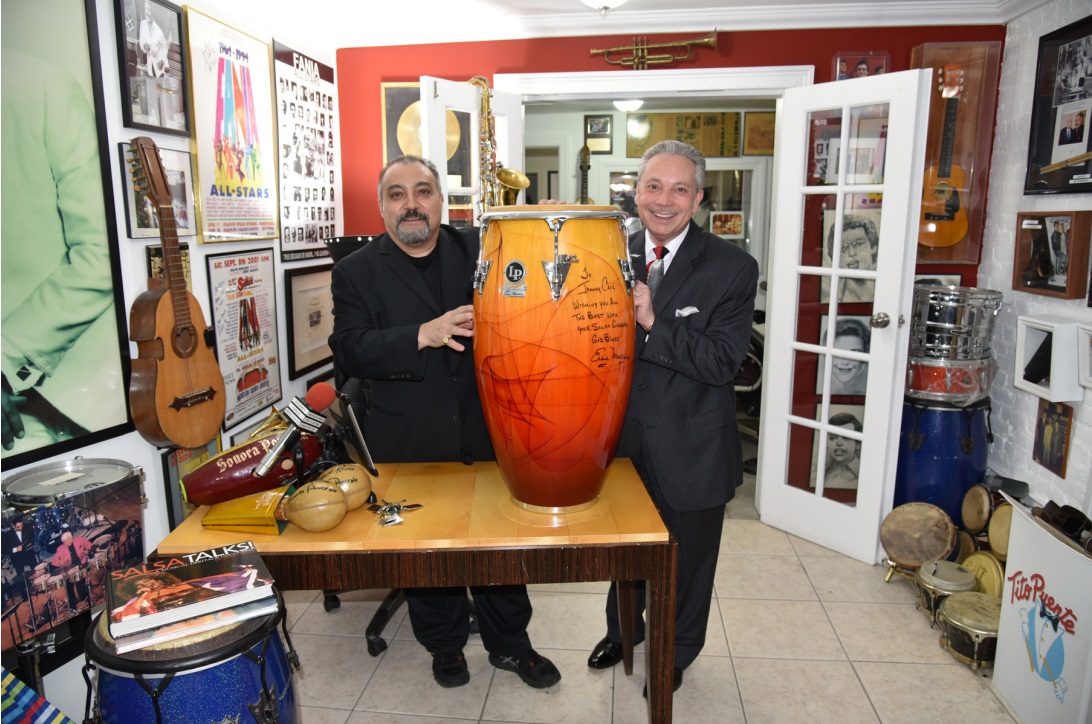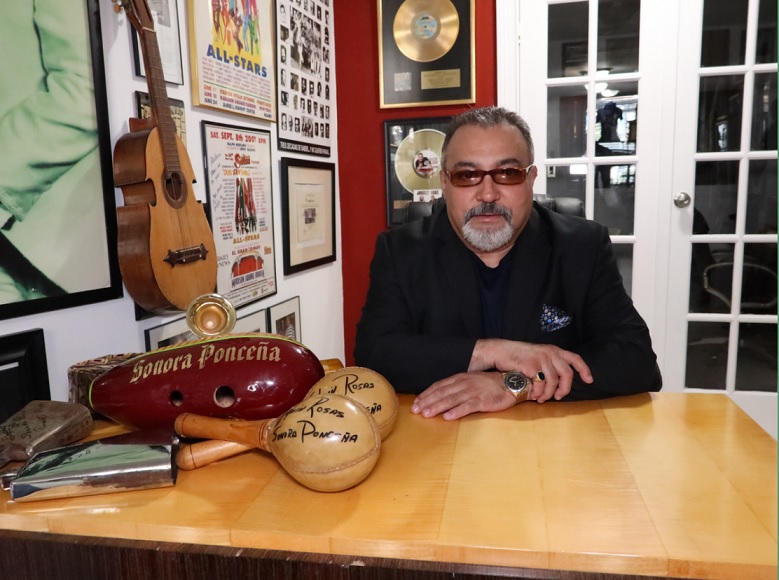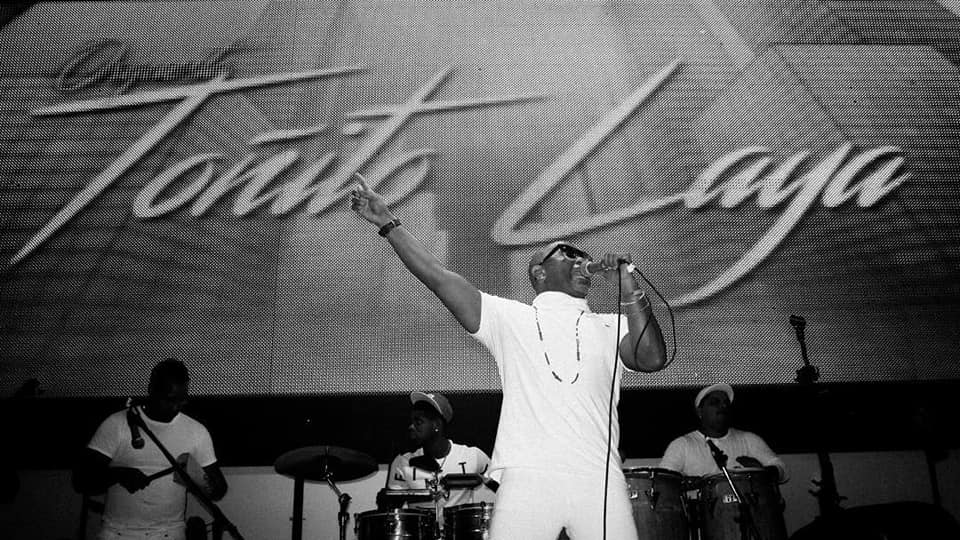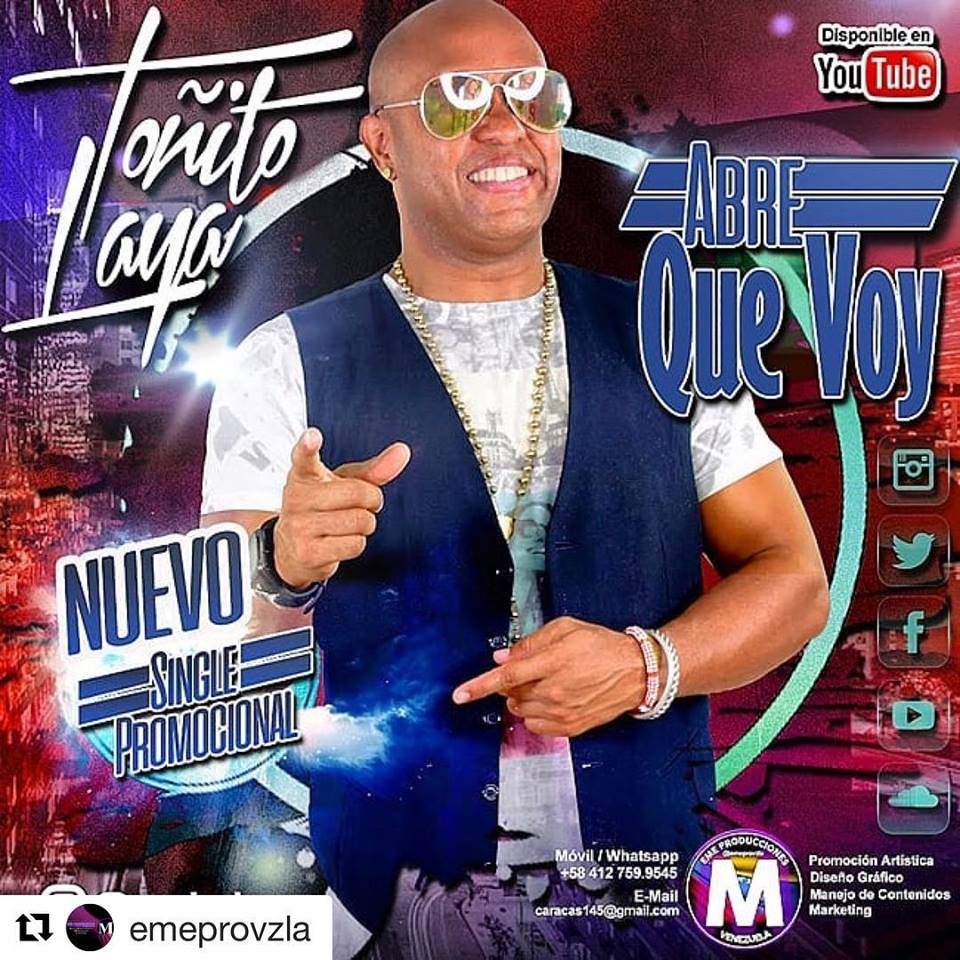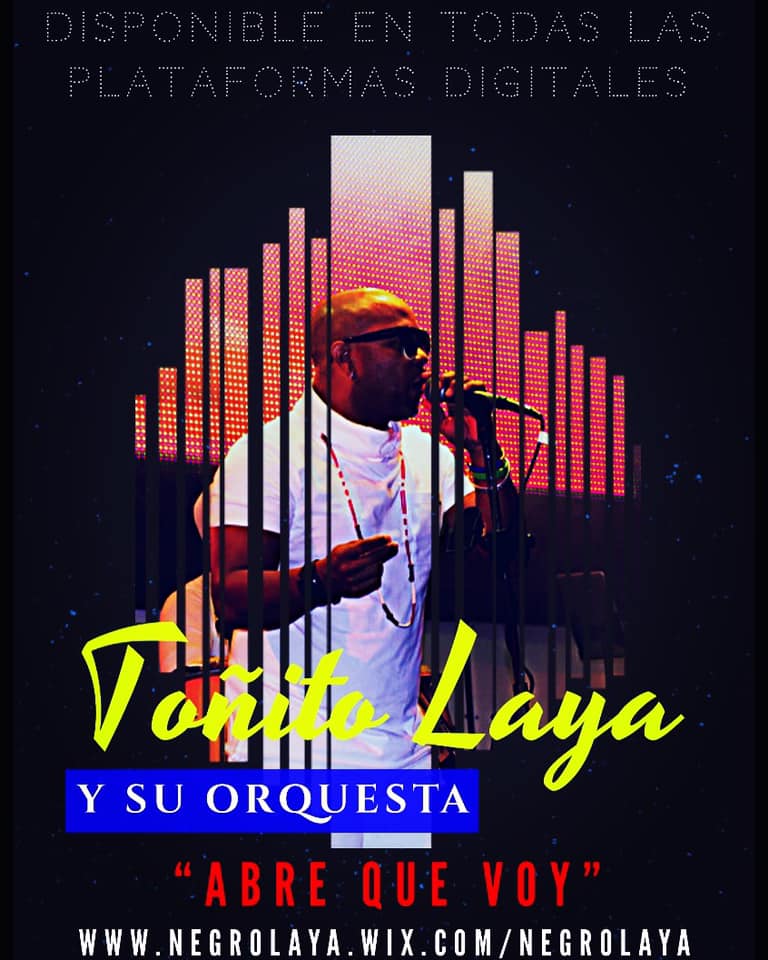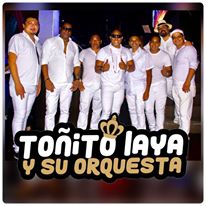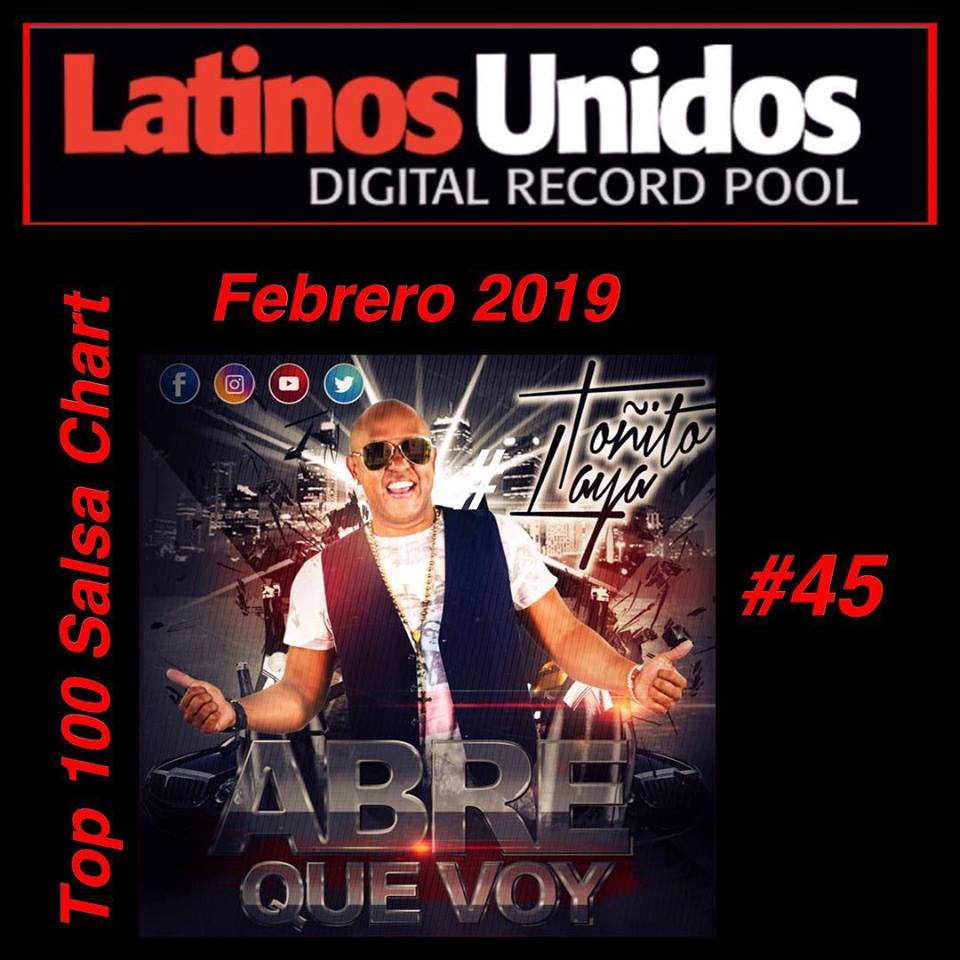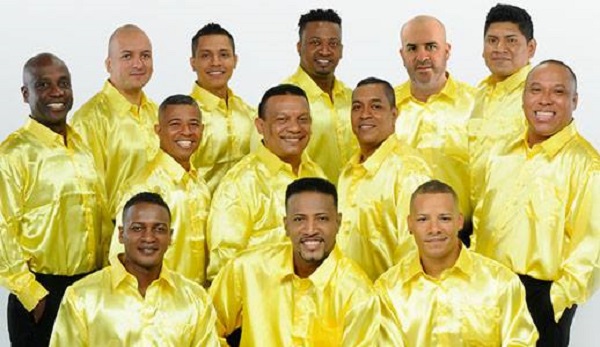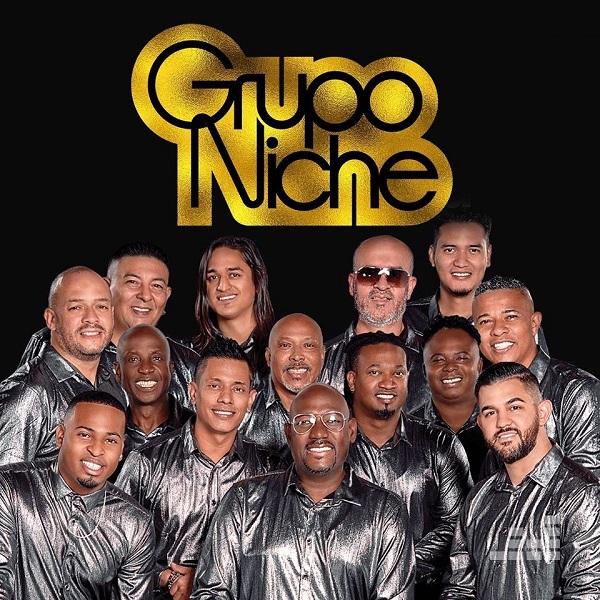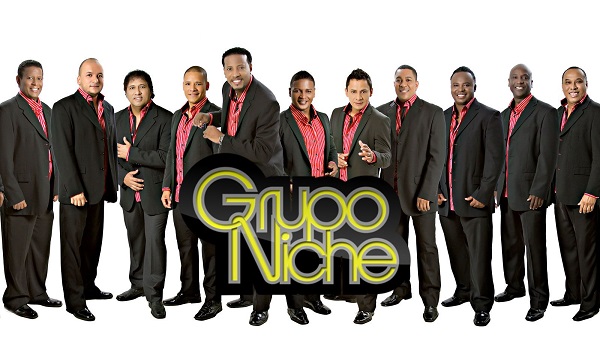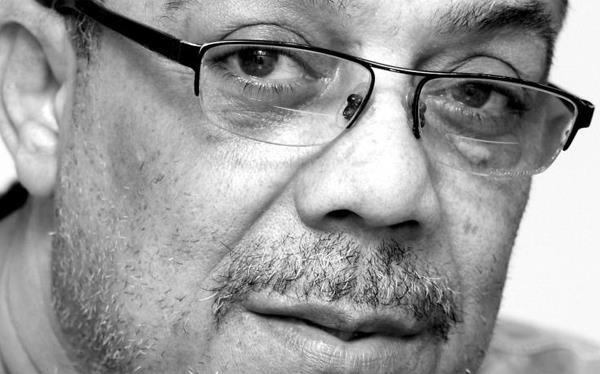Mulatu Astatke (or Astatqé) (Jimma, Ethiopia, December 19, 1943) is an Ethiopian musician, composer and arranger. He is considered the father of Ethio-Jazz.
His musical training took place at the Trinity Laban Conservatoire of Music and Dance in London, where he studied clarinet, piano and harmony, New York and Boston, where he was the first African student and also the first African to earn a PhD from Berklee College of Music; there he was trained in vibraphone and percussion.

Later he combined the influence of jazz and Latin music with traditional Ethiopian music.
My desire to start making Ethio-jazz began in London while I was studying there in the 1950s; then I knew I wanted to be different with my music. I looked for musicians from different African backgrounds and saw that they were successful and promoted the culture of their country.
However, there was very little from East Africa and Ethiopia, so I decided at that point that I would create something unique based on the rich heritage of our music and show how much we have contributed to the world of music in general.
That journey began to take shape at Berklee College in Bastan. I was the first African musician to study there and that period was very important for me.
I learned the technical aspects of many different musical forms and my teachers gave me the confidence to move in my own direction, teaching me that it was okay to be different in my music and try something completely new.

Ethiopian cultural music is based on four modes tezeta, bati, anchihoy and Ambassel and within my music, I knew that those modes could not be played.
They had to remain at the center of my music or the whole character of the sound would change and become distorted. I began to add beautiful colors with chords, voicings, bass lines and rhythm sections, writing progressions that fit together well. It’s very difficult to write 12-note music around the Ethiopian modes without destroying them.
In the mid-’60s I returned to Addis, but I kept going back and forth to the United States.
At that time, no one was fusing Ethiopian music with jazz.
In my country there was the First National Theater Orchestra, and both the police and the army had their own orchestras.
There were also bands like the Echoes and the Ras Band.
Musicians at that time based their melodies strictly on the four Ethiopian modes, using techniques like the “canon,” with melodic lines echoing each other.
With Ethiopian jazz, I consciously wanted to expand and explore the modes in different ways.

I formed a group called The Ethiopian Quintet in New York, made up of a mix of Ethiopian, Latino, and African-American musicians (there weren’t many Ethiopian musicians in the United States at that time).
The band included trumpeter and pianist Rudy Houston, who later played with Yambu, and Felix Torres, who played with Sonora Ponceña.
I have always felt a deep connection between Latin and African music; I traveled to Cuba to find out where the first American landed, I heard their musicians play and dance and although they sang in Spanish, the tempo, rhythm and feeling were very similar to aspects of African music.
So, with the Ethiopian Quintet, I wanted to show the African contribution to Latin music and it was my first opportunity to experiment and start developing my vision of Ethio-Jazz with this band.
With the American and Puerto Rican musicians in the group we created a different atmosphere and arrangements.
It was a great opportunity for me and they loved what I was writing and the direction I was trying to take.
We did quite a few concerts, some Spanish weddings, events upstate New York and in Manhattan.
We played at the Village Gate with Dave Pike, a great friend of mine at the time, one of the world’s greatest vibraphone players. He played a lot with Herbie Mann and I remember sitting in to watch one of his recording sessions.
I saw a lot of other great musicians in concert, from Coltrane to Bud Powell and Bill Evans. On the New York live circuit I met a producer called Gil Snapper.

Gil was a very nice and interesting guy and worked with musicians of many different styles.
He picked up on my music very quickly; we got on well and he invited me to record with The Ethiopian Quintet, so our first albums with him were ‘Afro Latin Soul’ Volumes 1 and 2, both recorded during 1966.
On the first volume, I performed an adaptation of an old Ethiopian warrior song, ‘I Faram Gami I Faram’.
I would have liked to have an Ethiopian singer for the song, but it was sung in Latin and the lyrics were translated to the singer so he could sing it in Spanish.
Nevertheless, it turned out to be a nice combination. The album included other compositions that were important steps for me: ‘Mascaram Setaba’ (Summer is Coming), ‘Shagu’ and ‘Almaz’. On the second volume, Rudy Houston suggested a piece of music that we called ‘The Panther’, in reference to the animal, but also in recognition of the Black Panthers, who were very active in the civil rights struggle in the United States at that time.
On this album, one of my favorites is my composition ‘Girl From Addis Ababa’, which worked very well as a fusion of Ethiopian modes and R&R rhythms, an indicator of the more refined Ethiopian jazz sound of my later album for Worthy, ‘Mulatu Of Ethiopia’ (1972). It also included my new arrangement of the 1950s tune ‘Lover’s Mambo’.
Both albums include nice arrangements also by Oscar Garcia, Rudy Houston and Gil Snapper as well.
I feel proud of the recording when I listen to it again. It was an important moment in my career and it was a very interesting and progressive time to be in New York in the mid-60s.
I was there at the same time as Hugh Masekela, Miriam Makeba and Fela Kuti and, each in their own way, we tried to do our part to put Africa on the map of contemporary jazz.

Mulatu Astatke, April 2018
Mulatu Astatke & His Ethiopian Quintet – Afro-Latin Soul (1966, R-2018)
Tracks: Afro Latin Soul: 01. I Faram Gami I Faram (Mulatu Astatke)
02. Mascaram Setaba (Mulatu Astatke)
03. Shagu (Mulatu Astatke)
04. One For Buzayhew (Mulatu Astatke) ke)
05. Alone In The Crowd (Gil Snapper)
06. Almaz (Mulatu Astatke)
07. Mulatu’s Hideaway (Mulatu Astatke)
08. Askum (Rudy Houston)
09. A Kiss Before Dawn (Gil Snapper & Weiss)
10. Playboy Cha Cha (Oscar Garcia) Afro Latin Soul Vol. 2:
11. The Panther (Boogaloo) (Rudy Houston)
Konjit (Pretty) (Oscar Garcia)
Soul Power (Rudy Houston)
Lover’s Mambo (Traditional, Arr. Mulatu Astatke)
Love Mood For Two (Rudy Houston)
Jijiger (Rudy Houston)
Girl From Addis Ababa (Mulatu Astatke)
Karayu (Oscar Garcia)
Raina (Rudy Houston)
Musicians:
Mulatu Astatke (Vibraphone, Piano, Drums)
Rudy Houston (Piano, Trumpet)
Robert Cuadrado (Bass)
Felix Torres / John Perez (Congas / Bongos on Vol. 1)
Pete Iglesias (Congas on Vol. 2)
Tony Pearson (Timbales)
Information provided (October 5, 2024)
Also Read: Flora Purim has earned her two Grammy nominations for Best Female Jazz Performance
